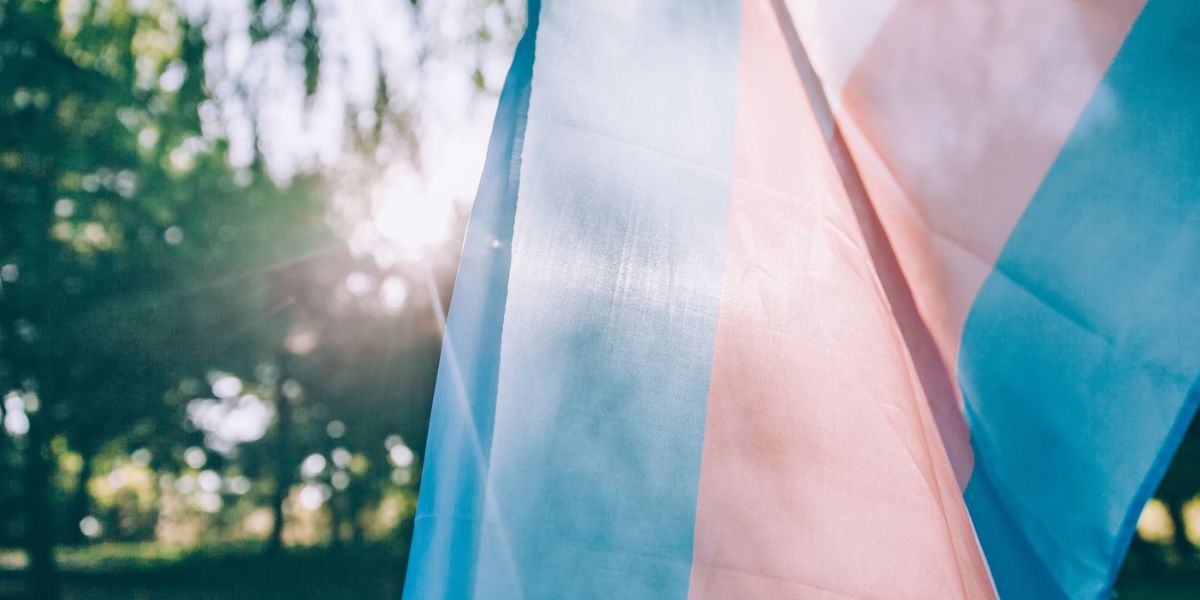I feel lucky that I work at UpHouse. I’m at a company that wants to make the world a more welcoming place for the people in it, and more than that, I feel seen, heard and respected—not only for what I do, but for who I am. That’s probably not much of an “Exclusive,” but when I got confirmation that I wasn’t the only one who felt the way I do about our big little marketing and public relations company, I decided I had to share.
Folks on our team are often invited to speak about diversity and inclusion at various business and leadership events, that’s nothing new. There’s usually also an opportunity for a few more of us to take in that same event in order to gain new perspectives, knowledge and inspiration for our work, something that I absolutely appreciate (but am not surprised by). What I hadn’t expected was to attend one of these events, excited to learn from international speakers and local leaders alike, and get teary-eyed at our own no-frills, two-minute clip of office b-roll with a couple of simple voiceovers.
The video below features two of my colleagues sharing how special it was for them to find a workplace where they could see themselves reflected in the people:
It wasn’t just me! I wasn’t the only one who felt fortunate to be surrounded by as much empathy as expertise. I wasn’t the only one who felt welcomed and included both at work and in the work that we do. Something happens when you know you have permission to be yourself—a mask slips, a shield lowers and the energy you were using to keep your guard up can suddenly be directed toward more productive things.
At this point, maybe you’re wondering what any of this has to do with you.
I suppose that depends on who you are. If you work in HR or Recruiting, consider this a testament to the power of creating (or promoting) inclusivity in your workplace. If you’re reading this because you were looking for a fine place to work, then consider this the pep talk you need to finally shoot us your resume. And if you’re in Marketing, which everyone is to some degree or another, consider this a reminder that inclusivity matters to consumers.
If you’re not sure where to start the process of making your products, brand or workplace more inclusive for your customers and employees, here’s some a few places you can start:
Be Accessible
- Choose accessible spaces for any gatherings or events.
- Test your company’s website with a screen-reader or hire someone who requires a screen reader to conduct an audit to ensure all functionality and content—including images with ALT text—is available to those with vision impairments.
- Use fonts with an easy-to-see character outline and combine colours with a colour contrast ratio of at least 4.5:1 so they stand out from a background.
- Use photography featuring everyday “can-do” imagery and inclusive groups.
- Embed captions in video content and cast talent with disabilities.
- Be conscious of using idioms that assume an audience’s level ability, like “Come see us at our trade show booth.”
- Adapt remote work opportunities to accommodate qualified applicants with disabilities.
Be Gender Inclusive
- Make sure your workplace experience lives up to any rainbow-branded promises you make during Pride Month.
- Donate proceeds of any Pride-related merchandise to a charity run by and for the community.
- Include 2SLGBTQ+ talent, models, clients, customers and influencers in your marketing communications year-round.
- Make it a habit to include your pronouns in introductions, email signatures, Zoom meeting names and on name badges.
Be Size Inclusive
- Connect with size inclusive customers, clients, staff and volunteers when conducting research and development initiatives.
- Hire size inclusive models, actors or influencers for your marketing communications.
- Offer more inclusive sizing, for example, up to 6X (sizes 32–34) and avoid divisions such as “plus size” or “extended size” when creating wearables. Instead, feature all sizes together.
- Be considerate of how uniform rules and office dress codes may affect those of all sizes.
Work Towards Racial Equity
- When featuring BIPOC folks in front of the camera, collaborate with BIPOC folks behind the scenes too.
- Support equity and understanding all year, not just when the prompted by the calendar. Black History Month, Indigenous History Month, Asian Heritage Month, National Day for Truth and Reconciliation and other key times of recognition should be used to elevate and amplify the voices and causes of the communities they represent. This should not be the only time these voices are heard.
- Source products and services from BIPOC entrepreneurs and businesses.
- Make genuine connections and be open to new perspectives, even if they challenge your own.
- Ensure that you are making space in your organization for people with perspectives and connections to communities other than yours.
You can also work to keep yourself up to date with news and research about diversity, equity and inclusion from business news sources like The Harvard Business Review or Forbes and through resources like Google’s “All In” Inclusive Marketing initiative. Or, skip to some of the blogs we’ve linked throughout this piece:
- Accessible Design Tools for a More Inclusive World Wide ed
- Mindful Representation—Inclusion of Models with Disabilities is Changing Our Perception of Disabled Bodies
- Pride Month—Allyship in Action
- Mindful Marketing During Black History Month and Beyond
- 3 Best Practices for Working with Indigenous Organizations
- Size Inclusivity Matters in Marketing



